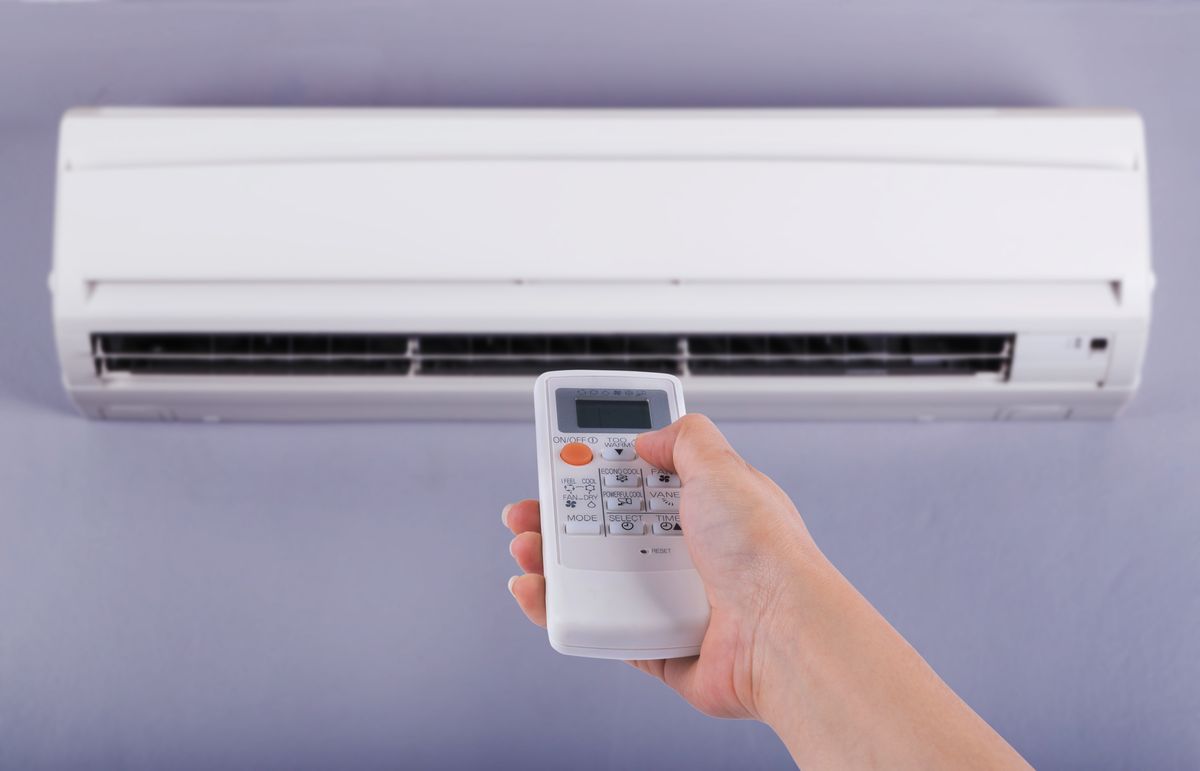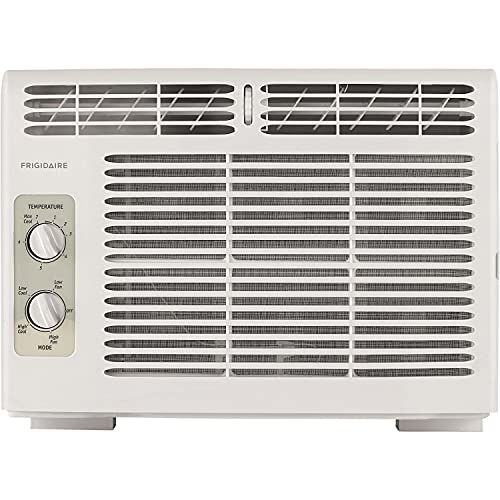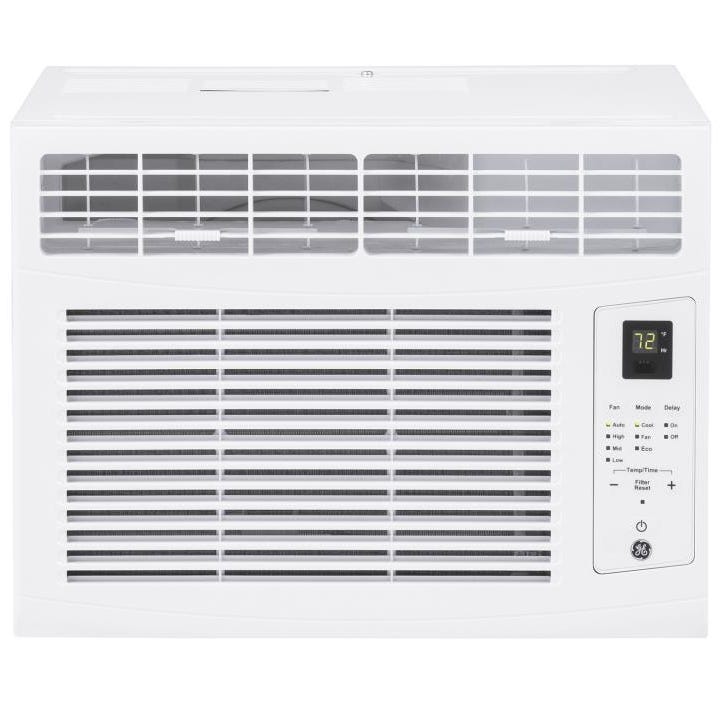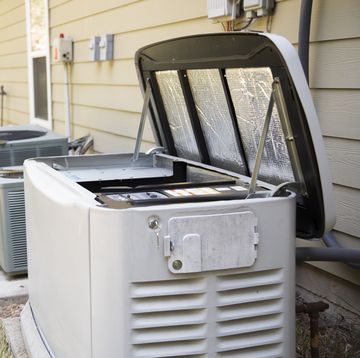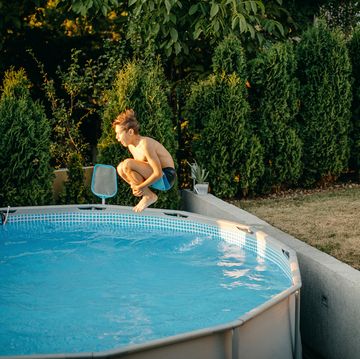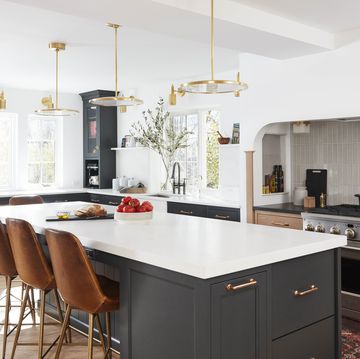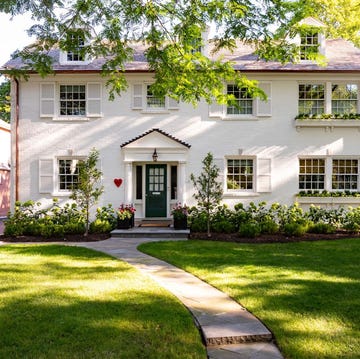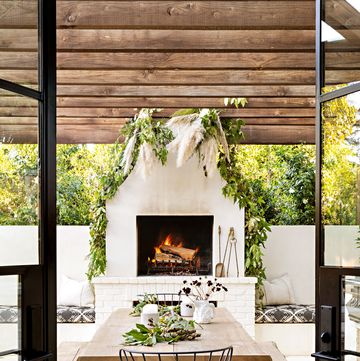Daunted by the task of installing a new air conditioning system into your home? From mini splits and full ducts to swamp coolers and portable units, the number of choices available can be overwhelming. To help you sort through the jumble, we’ve created a comprehensive guide to figuring out the best option to suit your home’s needs. Whether you live in a cramp apartment or a grand mansion (or anywhere in between)—we’ve got you covered.
Read on to find out the best A/C solution for your home.
Types of Air Conditioning
Ducted central-air systems use ducts to deliver cool blasts evenly throughout a house, allowing you to easily control the temperature of your entire home. They are highly efficient and long-lasting, making them great money and energy savers. And though they require a lot of space, they’re fairly discreet. Ductwork installation, however, can be expensive, since it demands extensive labor that can only be done by a professional. “It’s a pricey undertaking, but [can potentially] add value to your house,” says Dean Schwartz, Merchandising Vice President of Appliances at Lowe’s.
Mini-split (ductless) systems are even more efficient because they don’t lose energy as the air travels, explains Matt Brown, Merchant of A/Cs, fans, air quality, and floorcare at The Home Depot. They’re ideal for folks who want to invest in an all-encompassing cooling solution, but don’t want to splurge on ductwork. Mini splits involve installing individual blowers around a residence’s perimeter for every air-conditioned space (plus corresponding units on the interior walls), making them highly visible—or unsightly, to some. Though they’re more affordable than ducted units and can provide over 20 years of reliable service, they’re still quite large and complex, so Schwartz recommends hiring a licensed contractor to ensure smooth and proper installation.
Window air conditioners are great for those looking to chill one room at a time. But depending on the size of your home, “the cost of each individual unit and increased electricity bill can add up to a hefty sum,” Schwartz notes. That said, they are relatively easy to install, and don’t require a professional. (All you need is a drill, a screwdriver, a tape measure, and a level, plus insulating foam side panels.)
Portable air conditioners are perfect for windowless spaces, or for homeowners who want to be able to move their units between rooms. “They are the quickest option to add to your home because they are easy to install, widely available and can be moved from one spot to another with ease,” Schwartz explains.
Similarly, evaporative (swamp) coolers are cheap, energy efficient, and boast low environmental impact. “They are most effective in hot, dry climates,” Brown says, since their cooling mechanism works by pumping moisture into the air.
How to know which type is right for you
If you're opting for a window unit, find one that’s powerful enough to cool your space, but not too large for your chosen window. (According to Ferrellgas, a 300-square-foot room usually requires a minimum of 7,000 BTUs to maintain a pleasant indoor atmosphere, while a 1,000-square-foot space needs at least 18,000 BTUs.) “A unit that is too small for the room will fail to properly cool the space, and a unit that is too large for a room might result in excessive air dryness,” Brown cautions.
“Make sure to install the unit where you expect people to spend the most time during the day,” Brown adds. “If you live in hot and humid southern climates, then it may be more important to install where you expect people to be sleeping. A portable A/C is a good option to move between rooms from day to night.”
What to consider before purchasing a window A/C unit
- Determine whether your window is compatible with one. Most A/Cs only fit in single- or double-hung windows (which have sashes that you can raise and lower for ventilation).
- Ensure the window you’re using is near a three-prong outlet. (If not, you’ll need an extension cord.) It’s best to utilize a dedicated circuit to avoid tripping a breaker or blowing a fuse.
- Remove any obstructions in the opening that could interfere with the A/C, such as a screen or storm window frame.
- Figure out how much extra insulation and rain protection you’ll need to add around the window. You can seal any gaps between the sashes and sides of the A/C with foam.
- Take note of the direction your window is facing. “An air conditioner should be placed in a shady or partially shaded window because direct sunlight can decrease the unit’s efficiency if it is getting hit by hot air,” Brown explains. “The window should also be free of furniture or other obstructions inside or outside of the area so that there is sufficient airflow.”
- When you’re ready to install your window unit, click here for a step-by-step guide, courtesy of Lowe’s.
Want to score amazing deals on home decor? Stick with us—we’ll give you all of our secrets.
Common mistakes to avoid
One common mistake A/C shoppers often make? Ignoring efficiency. Per Schwartz, consumers should "consult the Seasonal Energy Efficiency Ratio (SEER) rating on the product to evaluate how efficient it is," prior to purchasing the system.
Whichever option you choose, placement is key. "Air conditioners can fail to work properly if they're not positional strategically near the thermostat, as it can cause inconsistencies with temperature," Brown adds. "This directly affects the energy and efficiency of the unit."
Follow House Beautiful on Instagram.
Kristin Tablang is a senior editor at House Beautiful, where she covers design, real estate, culture, and travel. Before joining HB, she served as the lifestyle assistant editor at Forbes and Haute Residence editor at Haute Living. Born and raised in New York, she’s a proud alumna of both the City’s Macaulay Honors College and Bronx High School of Science, and is currently an MBA candidate at NYU’s Stern School of Business. An avid photographer and gourmand with an insatiable wanderlust, she'd traverse the globe with just a fork and camera in hand if she could. Visit her website at www.kristintablang.com to view her complete works and get in touch.
